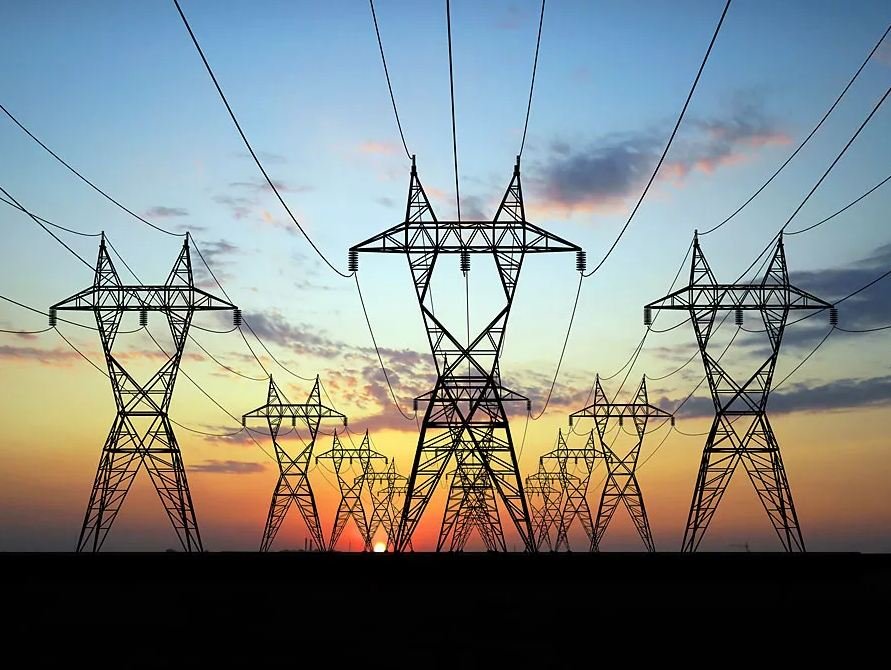India’s Approval for an Enhanced South Asian Power Market

Since September 2022, Bangladesh and Nepal have been awaiting India's approval to begin electricity export from Nepal to Bangladesh. On May 15–16, Nepal and Bangladesh will meet to discuss how to move the power export strategy forward. The joint secretary-level Joint Working Group and Joint Steering Committee meetings will have their sixth meeting at that time. Finding strategies to get India's approval for the import of electricity from two Nepalese projects would be the main item on the agenda for the meetings. The first one is the 683 MW Sunkoshi-3 hydropower project, while the second one is the 52.4 MW Likhu-4 project. The intention is to import electricity from the Likhu-4 project through the high-voltage Baharampur-Bheramara cross-border power transmission connection. Bangladesh has already received Nepal's reports on the project's environmental effect assessment and feasibility study. Bangladesh expressed interest in working with Nepal to build the project. Both nations chose to include India in this significant undertaking in order to guarantee the use of Indian territory for the transmission of electricity.
Three-Party Agreement
To export 40–50 MW of power to Bangladesh through India's current transmission network, the Nepal Electricity Authority (NEA) requested permission from the Indian authorities. Bangladesh and Nepal made the decision in August 2022 to ask India to permit the first export of 40–50 MW of energy from Nepal to Bangladesh via the high-voltage Baharampur–Bheramara cross-border power transmission connection. The Joint Steering Committee (JSC) for Nepal-Bangladesh Energy Cooperation was established at the secretary level, and as per the agreement made there, the NEA and Bangladesh Power Development Board asked India for a trilateral energy sales and buy agreement employing the power line. Being a landlocked nation, Nepal needs India's strong collaboration and participation in order to sell its power to other countries. To export 40–50 MW of power to Bangladesh through India's current transmission network, the Nepal Electricity Authority (NEA) requested permission from the Indian authorities. Bangladesh and Nepal made the decision in August 2022 to ask India to permit the first export of 40–50 MW of energy from Nepal to Bangladesh via the high-voltage Baharampur–Bheramara cross-border power transmission connection. The Joint Steering Committee (JSC) for Nepal-Bangladesh Energy Cooperation was established at the secretary level, and as per the agreement made there, the NEA and Bangladesh Power Development Board asked India for a trilateral energy sales and buy agreement employing the power line. Being a landlocked nation, Nepal needs India's strong collaboration and participation in order to sell its power to other countries.
Over the last ten years, South Asian nations have been engaging in cross-border electricity trade (CBET) in accordance with bilateral Memorandums of Understanding (MoUs) and Power Trade Agreements (PTAs). But in a noteworthy move, the Indian Energy Exchange started the Cross Border Electricity Trade (CBET) on its platform after the Central Electricity Authority (CEA) announced the CBET Rules on March 21.
Transmission lines for power
India's northeastern states, often known as the "seven sisters," would most likely be connected by a 116–200 km power transmission corridor that will be established with Bangladesh's consent. In exchange, India could agree to let Bangladesh use its transmission line, which has been the subject of lengthy negotiations, to import electricity from Nepal and Bhutan.
According to technical information provided by the Power Grid Company of Bangladesh (PGCB), the Bharamara-Baharampur transmission line's capacity is anticipated to rise from 2,400 MW to 3,200 MW shortly. However, Bheramara in Bangladesh receives 900–940 MW of power imported from Baharampur in India. The Bangladesh Power Development Board (BPDB) recommended completing the current system to deliver imported power from the GUKUL project in Nepal in 2022, taking into account the underutilized 2,040 MW grid connection between Bangladesh and India. Indian NVVN said that an agreement for increased power delivery to Bangladesh through the Indian grid line could only be finalized when the two nations had established a new transmission route. The Central Electricity Regulatory Commission of India claims that the Indian government has the power to conduct cross-border business. The Indian authorities are given explicit permission to sign the framework of bilateral agreements with the governments of the separate surrounding nations under a tripartite agreement. In other words, for the cross-border commerce in electricity with India, Bangladesh and Nepal must establish bilateral agreements.
Bangladesh gave permission for the 21st Joint Steering Committee meeting with India to discuss cooperation in the electricity industry. It was decided during the conference that Nepal, India, and Bangladesh would soon reach a tripartite power purchase agreement (PPA) to make it easier to transfer 500 MW of cross-border energy from Nepal's 900 MW Upper Karnali hydropower project. The implementation of a hydroelectric project in Bhutan by a tripartite investment between Bangladesh, Bhutan, and India was another topic covered by the Joint Steering Committee. Nepal has an estimated 80,000MW hydropower potential, however, it can only now generate around 2,000MW. Nepal has been selling electricity to India at a rate of six Indian rupees per unit since 2019. Through the cross-border grid links between Tripura and Cumilla and Baharampur-Bheramara, Bangladesh imports 1,160 MW of electricity from India. By 2041, when the nation's total generating capacity would be 60,000 MW, Bangladesh hopes to boost the proportion of imported power in its energy mix to up to 40%.
A power market driven by exchanges
India's major center for expanding its renewable energy capacity is in the northeast. The untapped natural riches of India's Northeast must be used. Hydropower in this area has a 33,100 MW potential. Nevertheless, it remains unexplored because of the low electrical demand, and the lack of a power system makes it difficult to transmit more electricity to its western regions. Geopolitical borders need a corridor via Bangladesh for the transmission of electricity from northeastern India to western portions of India.
In the future years, India and Bangladesh intend to significantly boost their use of renewable energy. The ambitious goal of the Indian government is to create 500 GW of non-fossil energy by 2030, supplying 50% of the country's energy needs. Similarly, Bangladesh plans to boost the proportion of renewable energy in the nation's power mix from less than three percent to over 40 percent by 2050.
Bangladesh has the capacity to provide several transmission routes for power. There is a potential for 50,000 MW of hydroelectricity in Arunachal Pradesh alone. Nearly 40% of India's entire hydropower potential, or 58,971 MW, is located in the Indian North Eastern Region, according to the Indian North Eastern Electric Power Cooperation. In Arunachal Pradesh and other northeastern states, India intends to investigate all hydropower possibilities. India has a 145,320 MW hydropower potential in total, however, only 45,399.22 MW of that capacity has been used. However, India must fork out a sizable sum of cash to carry hydropower from its northeastern to its northwesterly area. The geographical obstacle, however, has prevented India from realizing its full potential. In the Northeast of 2019, 18 projects with a capacity of more than 25 MW were currently under development.
India plans to develop power transmission lines to use Bangladesh's power corridor in order to save money. Bangladesh expressed interest in the power corridor in 2021 and anticipated receiving 20–25% of the hydropower that would be transported over the high-voltage gridline that crossed its territory. A substation will be erected along each route for the 6,000 MW transmission line in Bangladesh, which may be placed across distances of 200 km in Jamalpur or 100 km in Boropukuria. There are two potential transmission line routes: from Asam'sSilchar through Meghna Ghat-Bheramara to West Bengal, and from Asam'sSilchar via Baropukuria (Dinajpur) or Jamalpur to Bihar's Punia. Such high-capacity interconnectors might be built in Tripura-Comilla, Silchar (Assam), Bongaigaon (Assam), Jamalpur/Dinajpur-Purnea (Bihar), and Fenchuganj.
Only if India ultimately permits Bangladesh to import energy from Nepal via a power corridor will this agreement be successful. Bangladesh must make sure that it receives a decent amount of power from India in exchange for the construction of those transmission lines, in addition to the corridor. Both Bangladesh and India should take the initiative to improve their energy security based on reciprocity and strengthen South Asian regional cooperation since India may reach its untapped prospects for hydropower from the northeastern area by constructing power transmission lines across Bangladesh. Nepal, Bangladesh, and Bhutan are three grid-connected nations that may engage in the most competitive Day-Ahead Power Market on the power exchanges to either satisfy their needs for the power supply or to swap out more expensive power in their portfolio.



Leave Comment